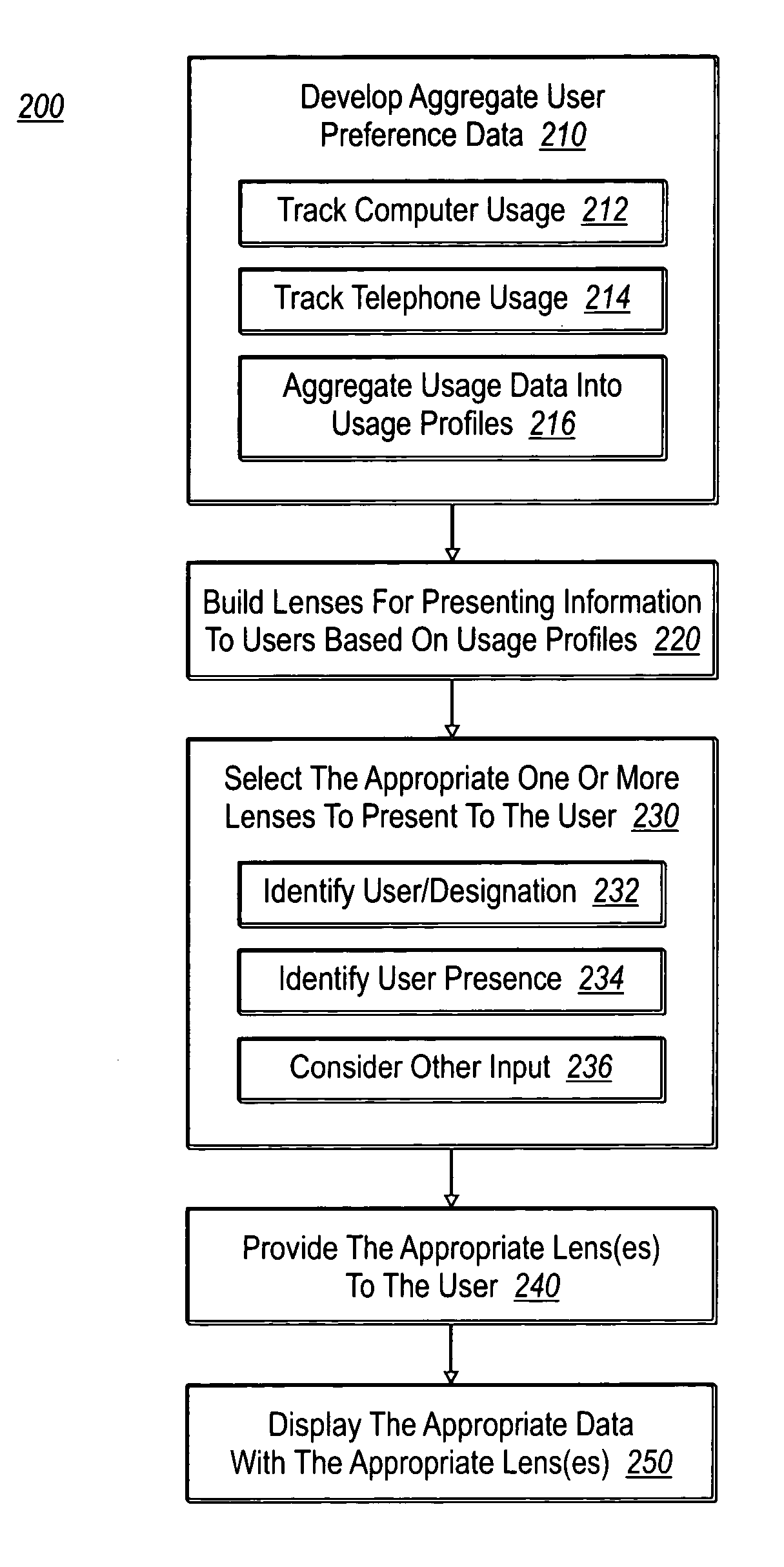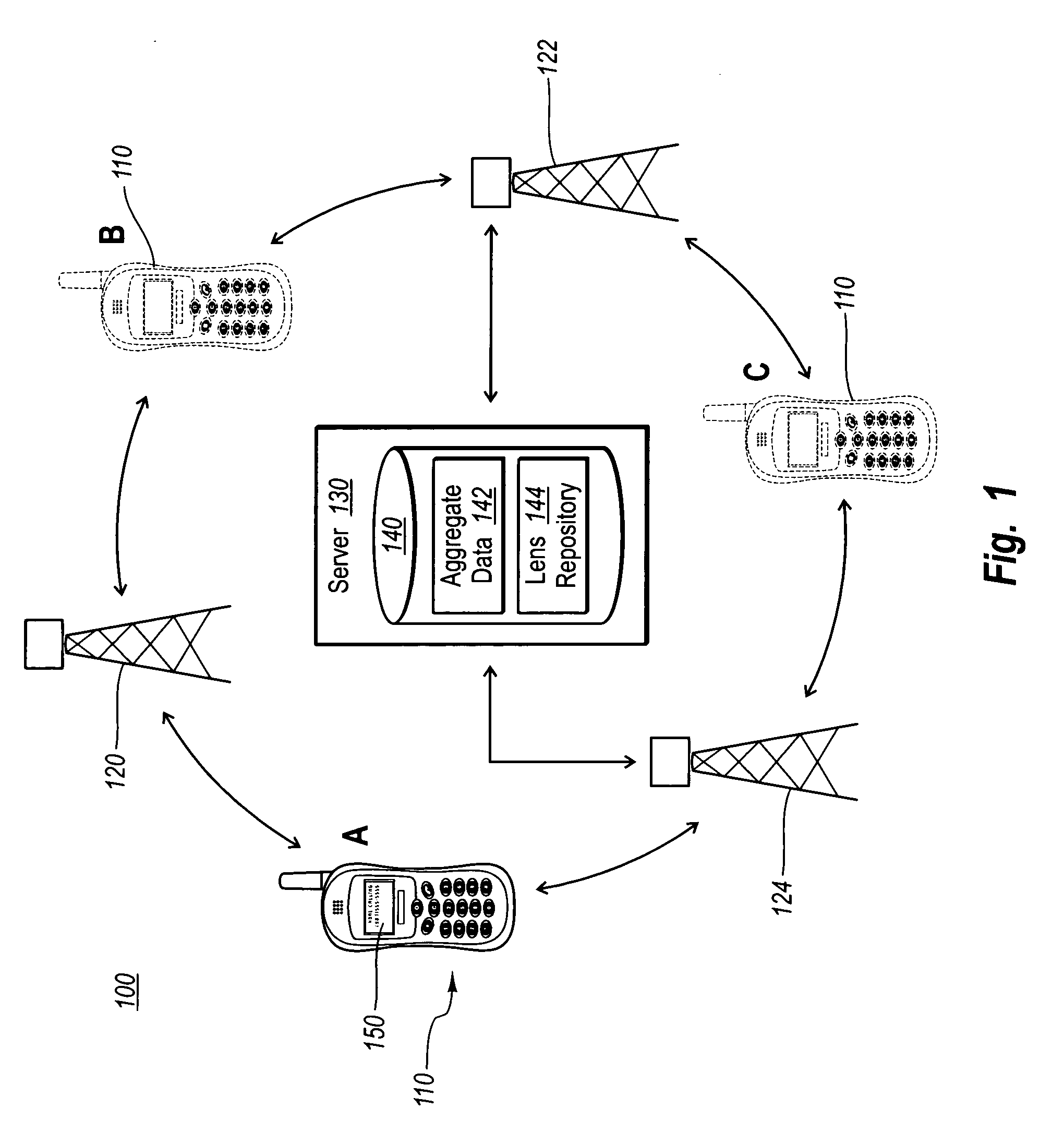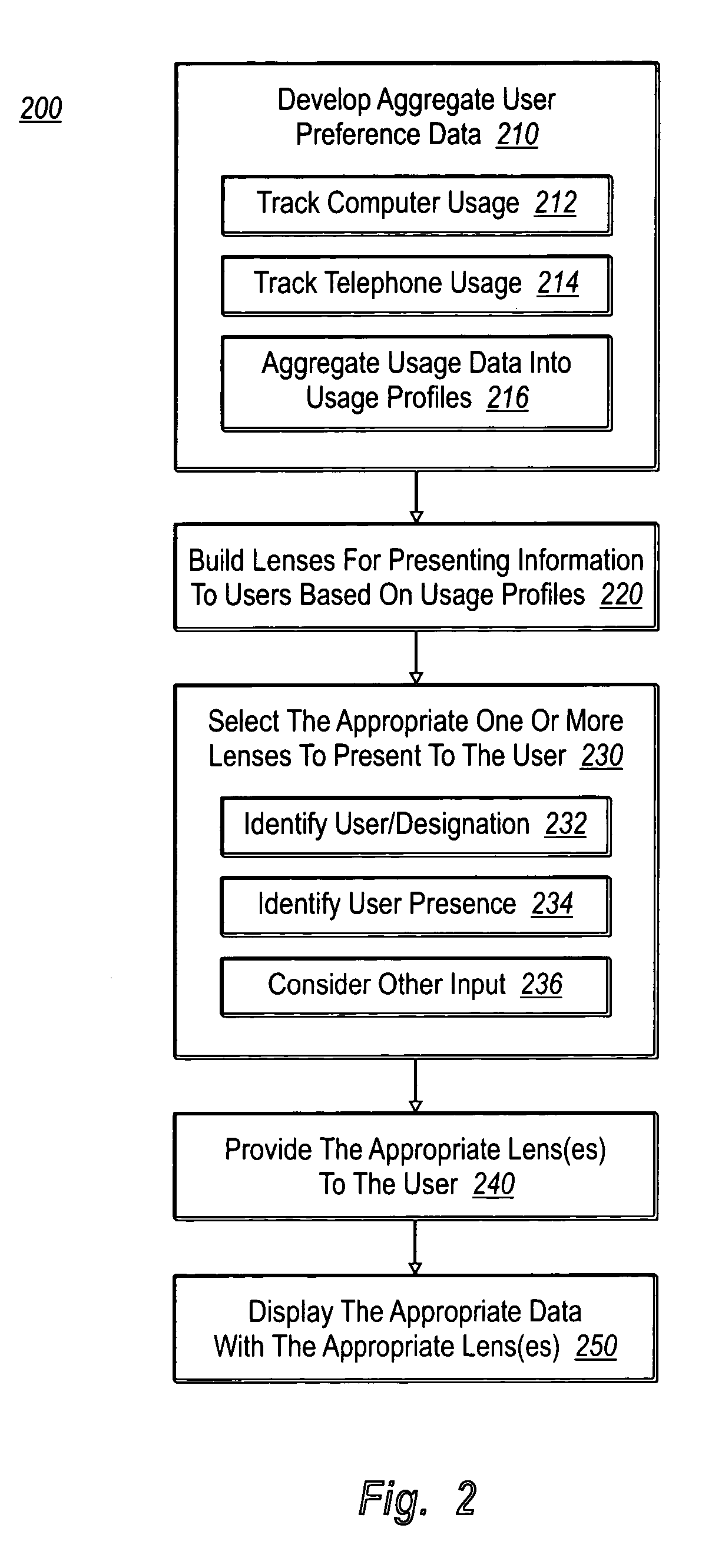Mobile information services
a mobile information and service technology, applied in the field of information services, can solve the problems of limiting the amount of information that can be properly displayed, limiting the display and navigation capabilities of presenting the information obtained, and existing mobile communications devices can typically only display a relatively limited amount of information, so as to improve the usability and user experience of mobile information services. , the effect of improving the speed
- Summary
- Abstract
- Description
- Claims
- Application Information
AI Technical Summary
Benefits of technology
Problems solved by technology
Method used
Image
Examples
Embodiment Construction
[0025] The present invention extends to methods, systems and computer-program products for presenting information at mobile communications devices and in a contextually relevant manner.
[0026] The contextual information that is used to control how information is presented at mobile communications devices is sometimes referred to herein as “status data”. In this regard, “status data” can refer to both the presence of a mobile communications device, as well as the designation of a user that is associated with the mobile communications device (e.g., an identified user or an anonymous user).
[0027] It will be appreciated that the term “presence,” can refer to both a physical location as well as a temporal state (e.g., time of use). It should also be appreciated that references that are made to a user's presence should generally also be construed as applying to the presence of the user's mobile communications device.
[0028] The term “mobile communications device,” as defined herein, gene...
PUM
 Login to View More
Login to View More Abstract
Description
Claims
Application Information
 Login to View More
Login to View More - R&D
- Intellectual Property
- Life Sciences
- Materials
- Tech Scout
- Unparalleled Data Quality
- Higher Quality Content
- 60% Fewer Hallucinations
Browse by: Latest US Patents, China's latest patents, Technical Efficacy Thesaurus, Application Domain, Technology Topic, Popular Technical Reports.
© 2025 PatSnap. All rights reserved.Legal|Privacy policy|Modern Slavery Act Transparency Statement|Sitemap|About US| Contact US: help@patsnap.com



